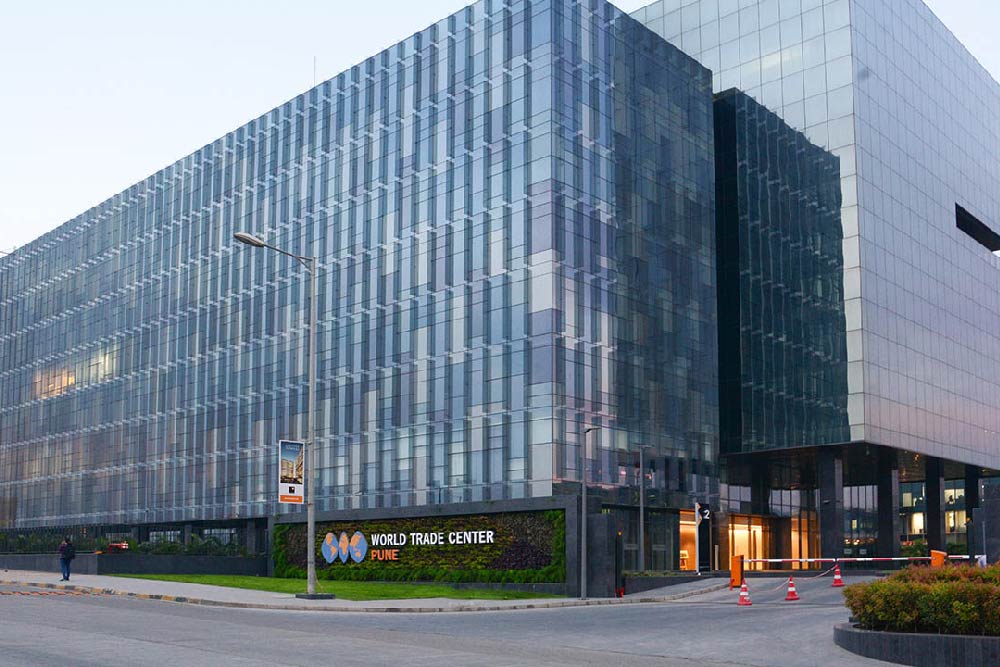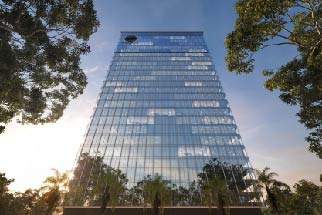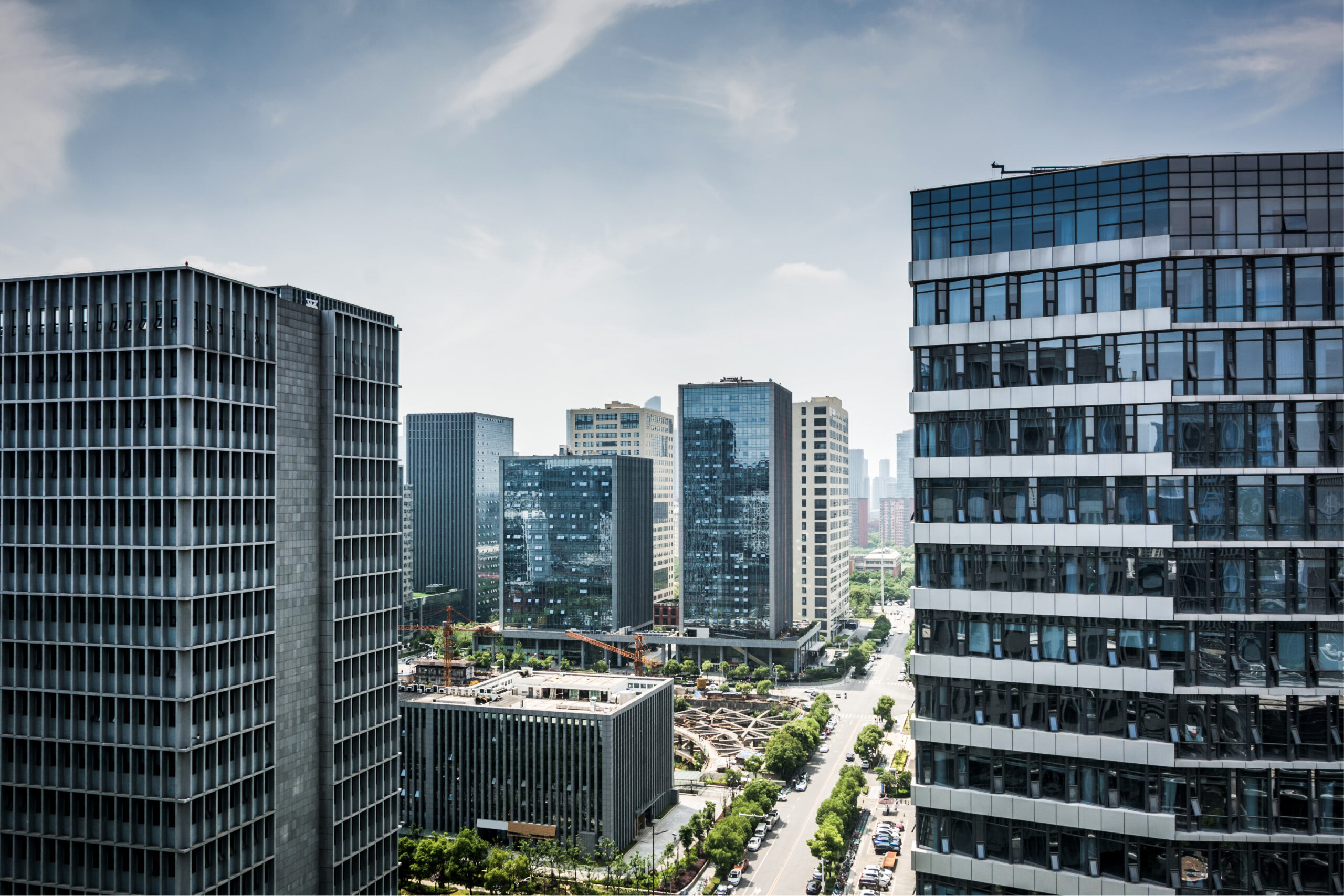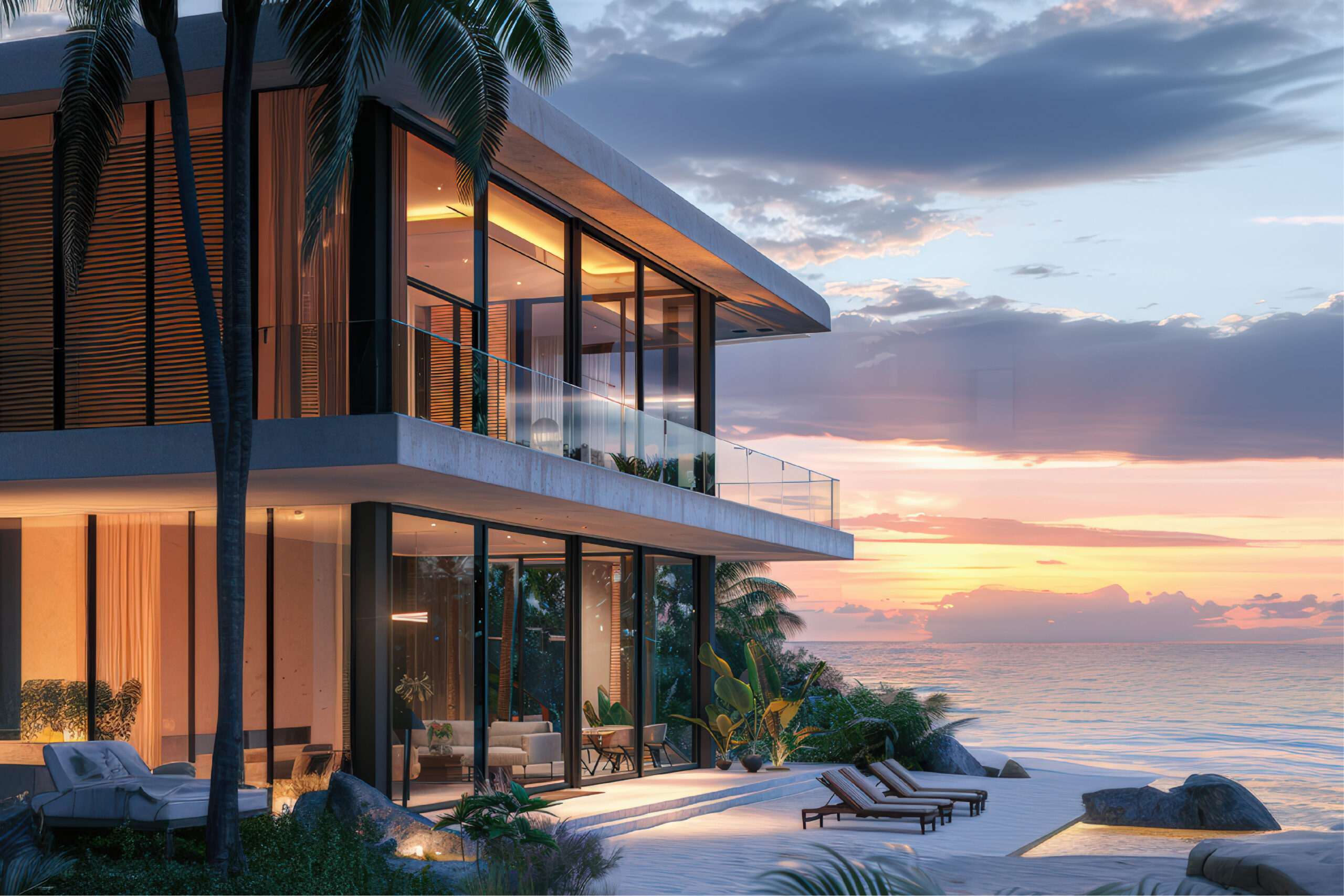
Once known primarily for its academic institutions and automotive base, Pune has steadily transformed into one of India’s most active and tightly held commercial real estate markets. This evolution has been shaped by the city’s expanding tech ecosystem, the rise of Global Capability Centres (GCCs), and growing interest from multinational occupiers across sectors like IT, BFSI, and consulting.
In terms of performance, Pune has consistently outpaced peer markets on office space absorption, rental stability, and institutional-grade development. And in 2025, with over 10 million sq. ft of new Grade-A supply in the pipeline, it is not just maintaining investor confidence, it is actively shaping the next phase of growth among India’s Tier 1 commercial corridors (Cushman Wakefield).
Where is this growth concentrated, and what are the key trends driving it? Here’s a closer look at Pune’s core investment zones and evolving market dynamics that provide the answers.
Key Investment Areas in Pune’s Commercial Real Estate Market
Commercial demand in Pune is concentrated across select micro-markets that offer the right combination of location advantage, infrastructure readiness, and premium-grade supply. These include both well-established and emerging micro-markets.
Secondary Business District East (Kharadi, Viman Nagar, Yerwada, Kalyani Nagar)
SBD East continues to dominate Pune’s commercial landscape, accounting for the highest net absorption in Q1 2025 at 1.12 million sq. ft. It also accounted for 45% of all leasing activity in Pune, supported by strong early bookings and large office deals from BFSI and flexible workspace companies. Despite robust new completions of around 1.65 million sq. ft, rentals held steady at an average of ₹98.84 per sq. ft/month, reflecting healthy demand. The area remains attractive due to its proximity to Pune Airport, established residential catchments, and connectivity to CBD zones. (Cushman Wakefield)
Where is this growth concentrated, and what are the key trends driving it? Here’s a closer look at Pune’s core investment zones and evolving market dynamics that provide the answers.
Key Investment Areas in Pune’s Commercial Real Estate Market
Commercial demand in Pune is concentrated across select micro-markets that offer the right combination of location advantage, infrastructure readiness, and premium-grade supply. These include both well-established and emerging micro-markets.
Secondary Business District East (Kharadi, Viman Nagar, Yerwada, Kalyani Nagar)
SBD East continues to dominate Pune’s commercial landscape, accounting for the highest net absorption in Q1 2025 at 1.12 million sq. ft. It also accounted for 45% of all leasing activity in Pune, supported by strong early bookings and large office deals from BFSI and flexible workspace companies. Despite robust new completions of around 1.65 million sq. ft, rentals held steady at an average of ₹98.84 per sq. ft/month, reflecting healthy demand. The area remains attractive due to its proximity to Pune Airport, established residential catchments, and connectivity to CBD zones. (Cushman Wakefield)
Central Business District (Bund Garden, Koregaon Park, Camp)
The Central Business District accounted for approximately 9% of Pune’s leasing activity in Q1 2025, with net absorption of around 0.23 million sq. ft. Although vacancy levels are higher here at 21.5%, the area remains relevant for corporates preferring centralised locations. The CBD continues to attract corporates and flexible workspaces looking for premium addresses. (Cushman Wakefield)
Peripheral Business District West (Hinjewadi, Baner, Wakad)
Home to Rajiv Gandhi Infotech Park and large Special Economic Zones (SEZs), PBD West remains Pune’s core tech employment belt. Known for scalability and affordability, it’s also a rising zone for coworking, GCCs, and high-spec business parks such as Blue Ridge SEZ.
Emerging Nodes (Pimpri-Chinchwad, Hadapsar, Balewadi)
Locations like Pimpri-Chinchwad, Hadapsar, Mundhwa, and Balewadi are gaining ground among startups and investors looking for smaller-format leased spaces. Developments like Kohinoor World Towers in Pimpri-Chinchwad, Amar Pristine 81 in Mundhwa, are attracting both occupiers and individual investors for their competitive pricing. These nodes combine modern infrastructure with competitive pricing and are increasingly being viewed as Pune’s next wave of commercial growth.
Together, Pune’s micro-markets offer a well-balanced ecosystem, ranging from high-yield institutional corridors in the east to tech-driven expansion zones in the west, and emerging nodes primed for future growth. This spatial differentiation is a key reason why Pune continues to outperform in both leasing velocity and absorption volumes. The strength of these zones is backed by data from 2024 and Q1 2025, Pune has recorded historic highs in new supply, absorption, and occupier activity across segments. These market metrics reinforce Pune’s stature as one of India’s most resilient and investment-worthy commercial hubs.
Pune’s Commercial Office Market Performance: Key Trends from 2024-2025
According to Knight Frank India, Pune witnessed a 19% growth in office leasing in 2024, with activity totalling 8 million sq. ft, reflecting broad-based tenant expansion across IT, BFSI, and coworking sectors (TOI). In Q1 2025, the momentum further accelerated. Pune added a record 3.2 million sq. ft of new Grade-A office supply, a 90% increase over the previous year. While this did push the vacancy rate to 11.23%, the city remains India’s second-tightest office market, behind Bengaluru (Cushman Wakefield). This strong absorption, diversified demand, and influx of global-grade assets paint a clear picture of where Pune is headed.
What Lies Ahead: Pune’s Commercial Outlook for 2025 and Beyond
With 10 million sq. ft of new space expected in 2025 and 11 million in 2026, Pune is entering a growth phase led by institutional developers and occupier-led demand. Notably, Trump World Center, a 1.6 million sq. ft branded commercial project, is now under development, offering both strata and leased office space. This marks the entry of international branding into Pune’s commercial skyline and highlights growing investor sophistication (TOI).
What makes Pune stand out is its balance of fundamentals:
- Lower entry prices than Mumbai or Bengaluru
- Consistent rental yields across SBD and PBD corridors
- Diverse tenant base, including IT, BFSI, and GCCs
At SQUAREA, we help investors capitalise on Pune’s accelerating commercial real estate cycle. Whether you’re looking to acquire income-generating leased assets, explore premium office investments, or enter future-ready growth corridors like SBD East or PBD West, our team offers unmatched access and strategic insights. You can reach out to us at hello@squarea.io or call us on +91 90 9641 9641.




